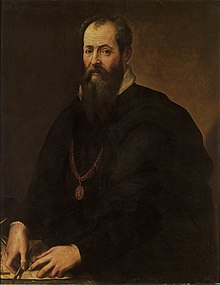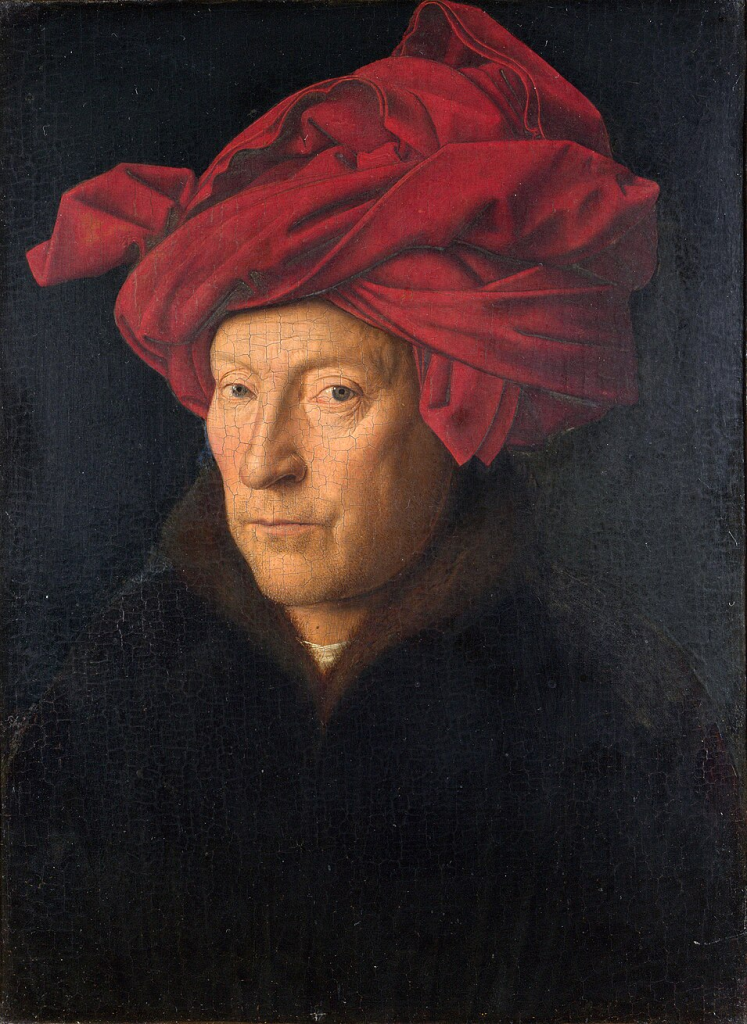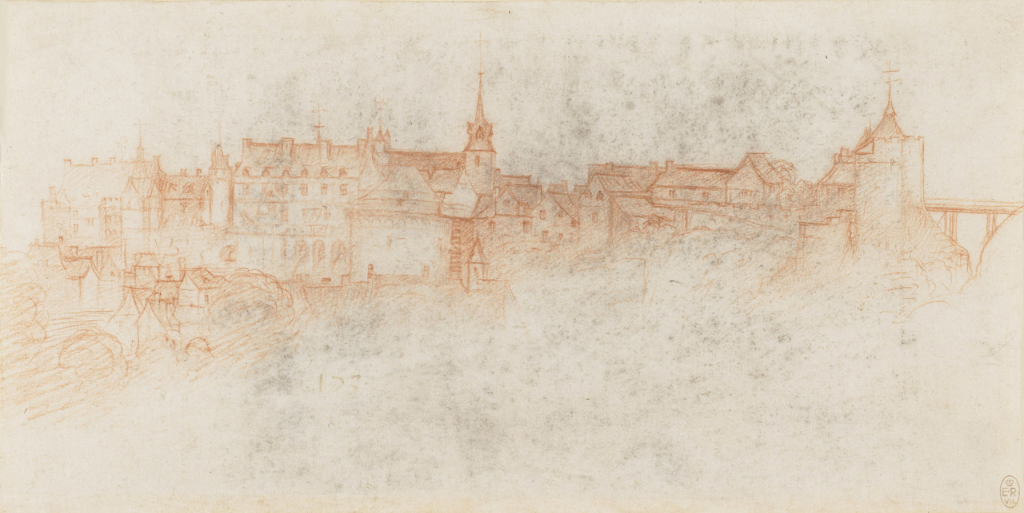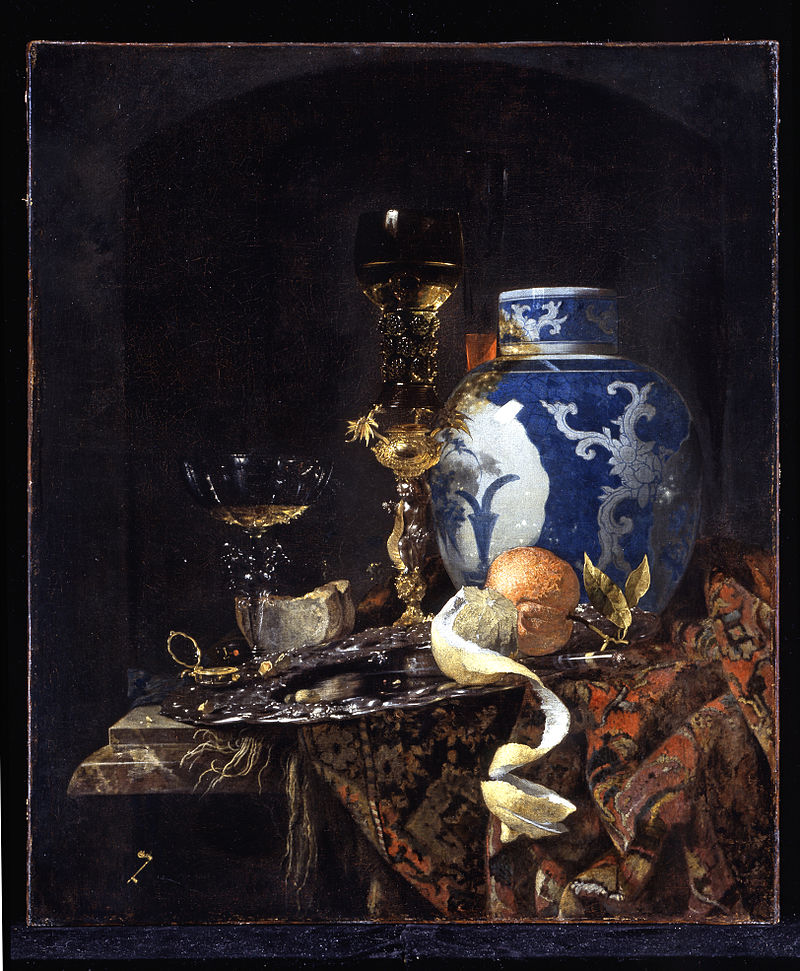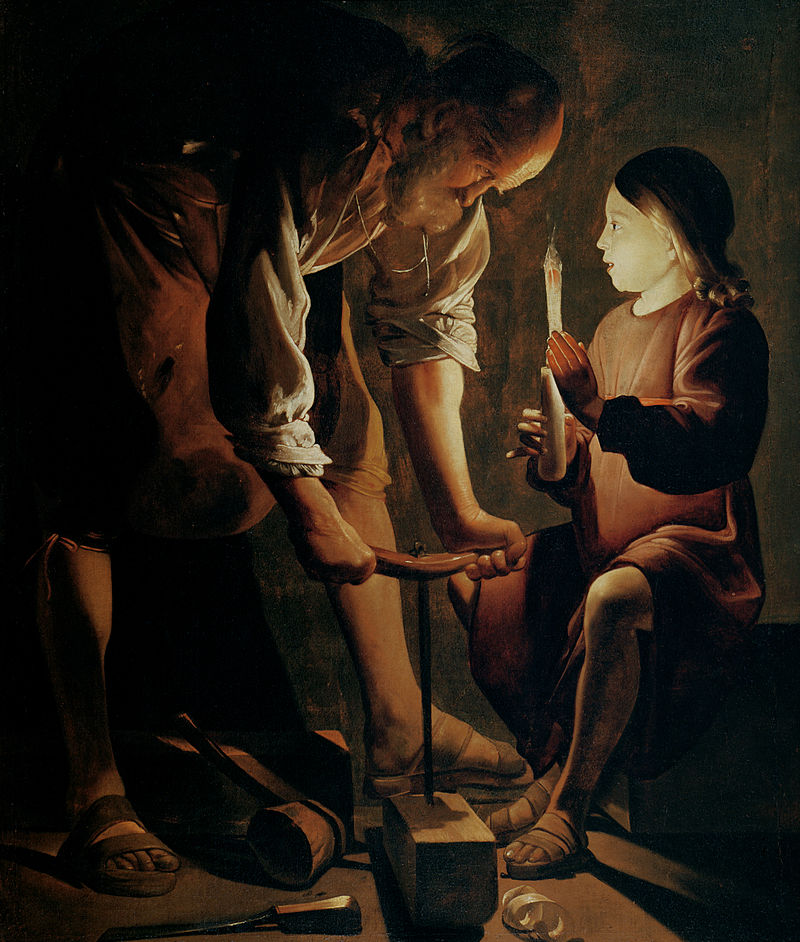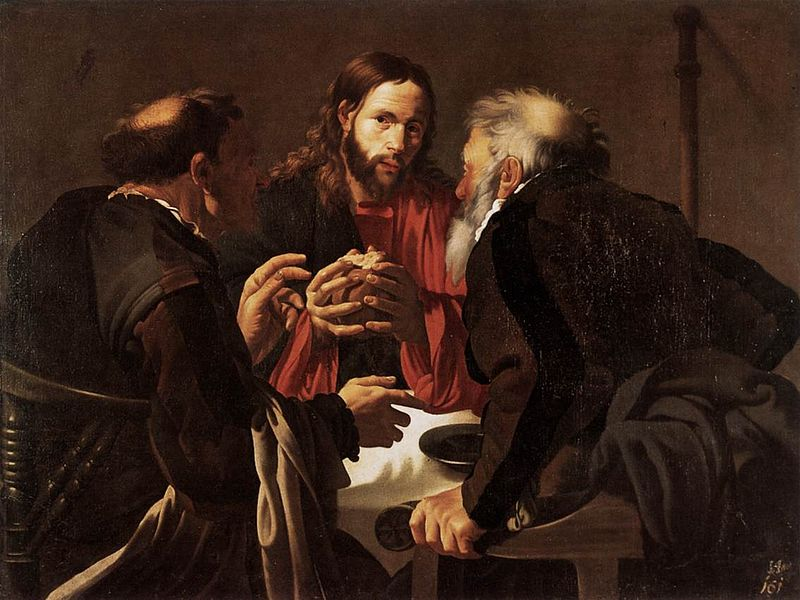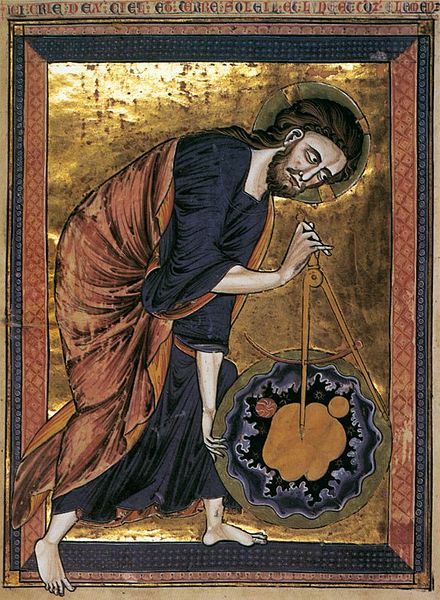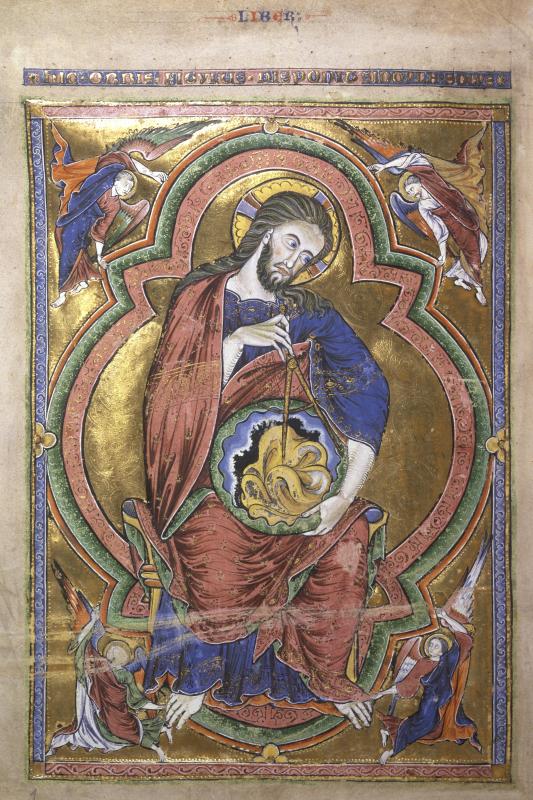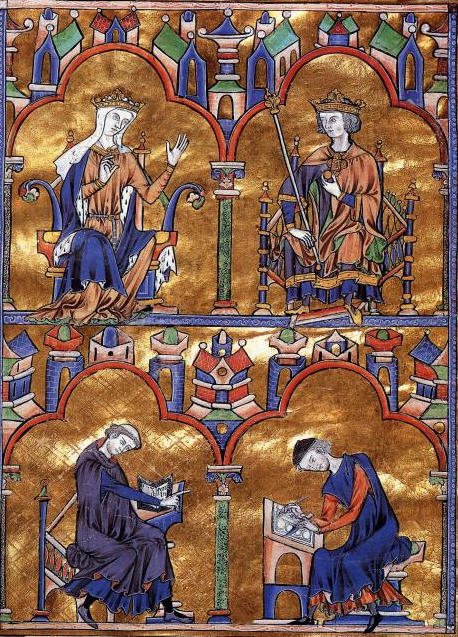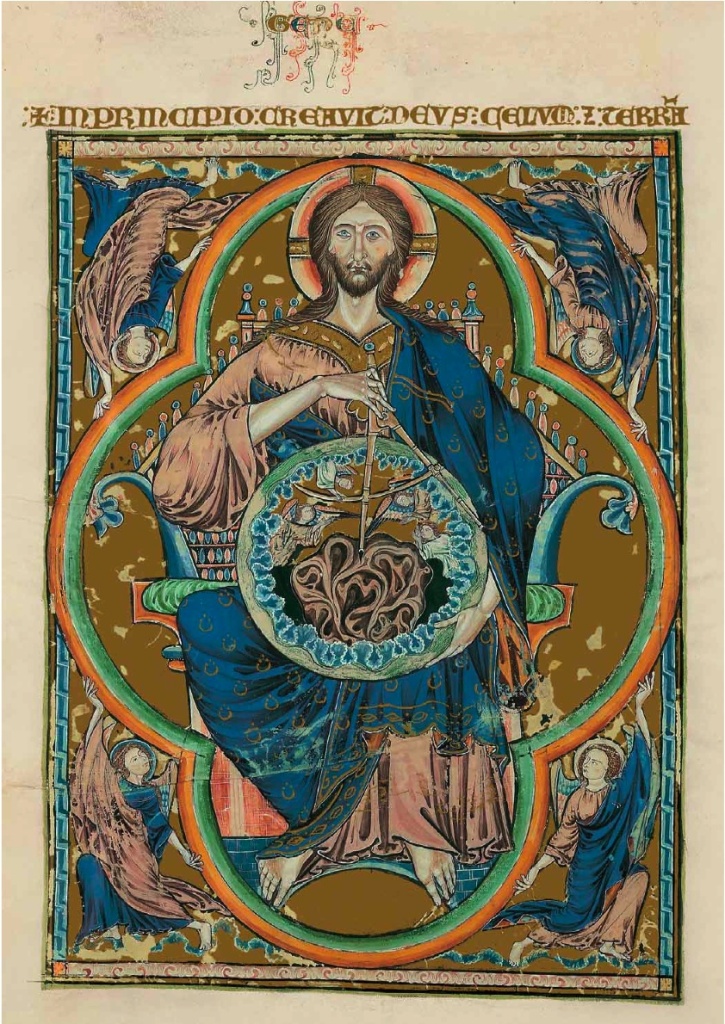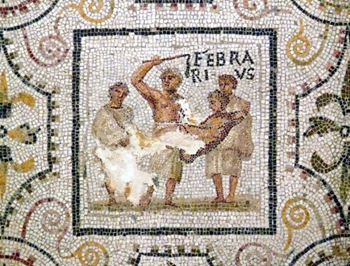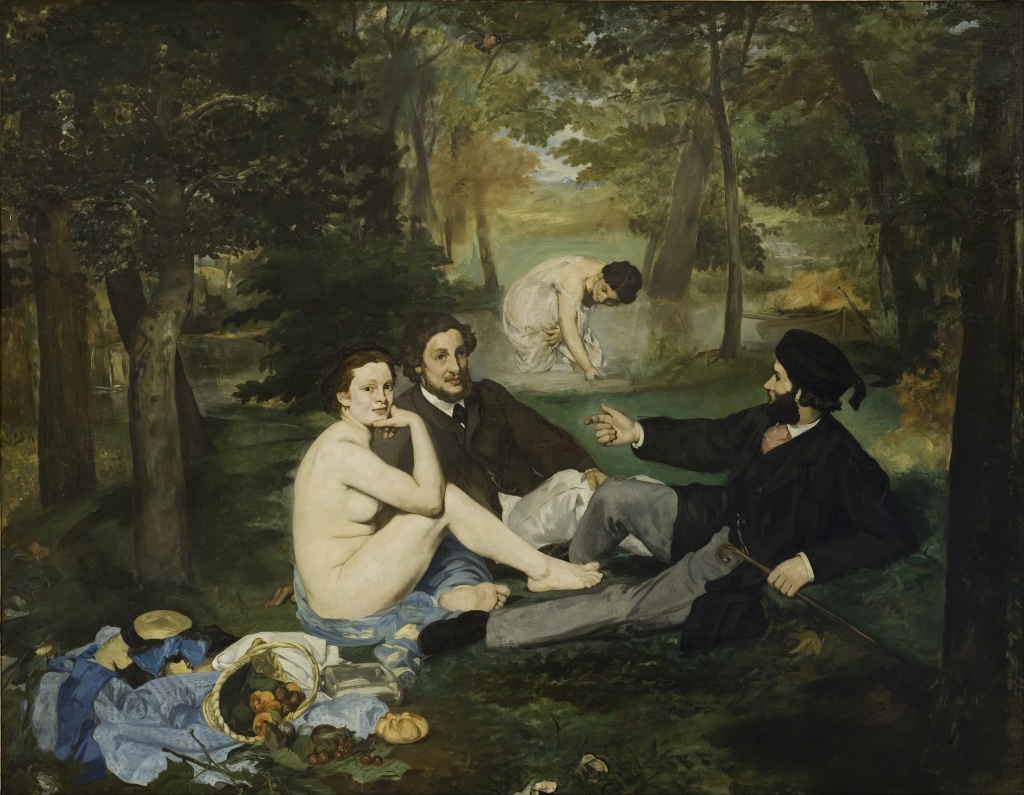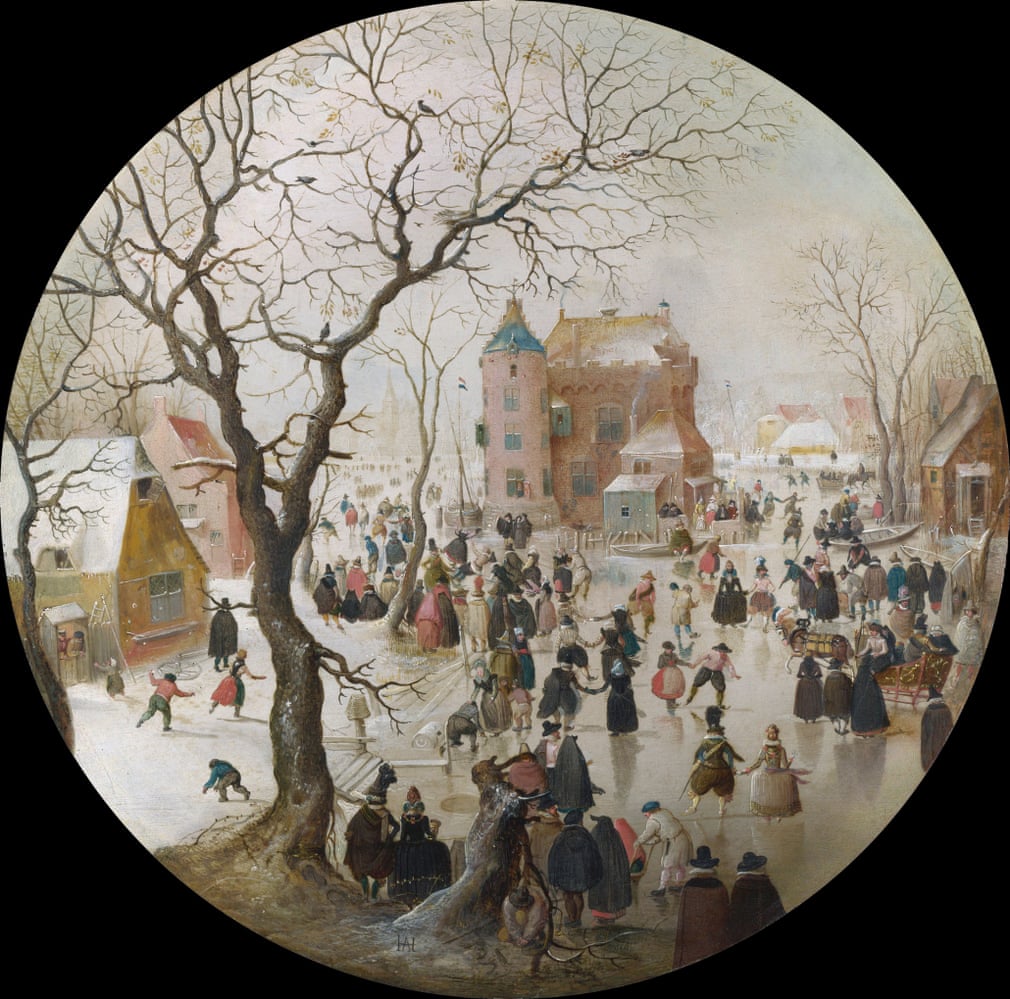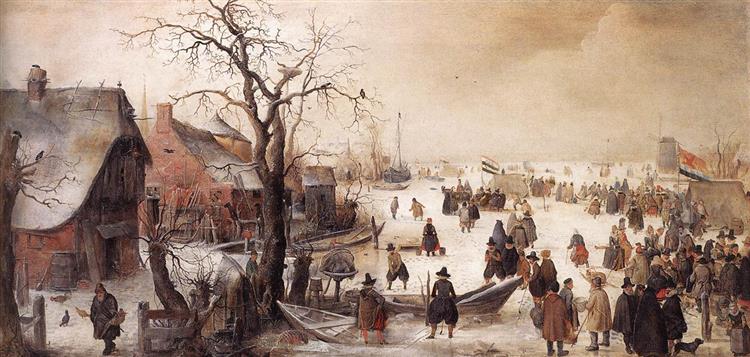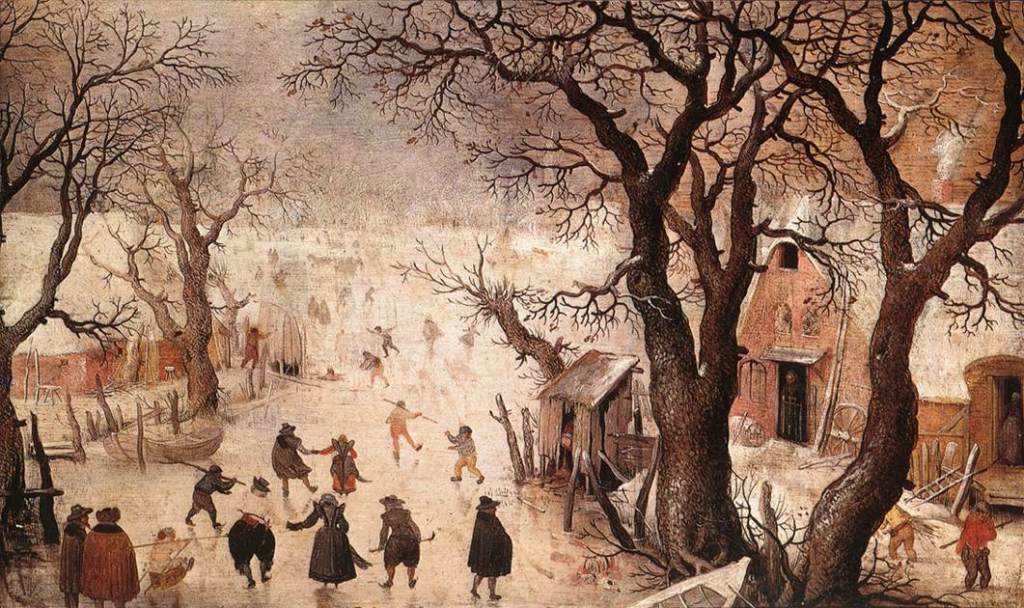Tags
Cangiante, Canonical colours, David, Delphic Sibyl, High Renaissance, Jeremiah, Marcia B. Hall, Michelangelo, Pieta, prophet Daniel, the Sistine Chapel, Trompe-l'œil

Cangiante
The Prophet Daniel
The third canonical mode of colour identified by Marcia B. Hall is cangiante, from the verb to change, cangiare (to change). It is associated with the artist Michelangelo (1475–1564), who decorated the ceiling of the Sistine Chapel during the High Renaissance, c. 1490-1519. The first modes of colour mode associated with the High Renaissance are Caravaggio‘s chiaroscuro, defined by stark contrasts, and Leonardo’s sfumato, featuring a discreet juxtaposition of mostly related colours.
Cangiante juxtaposes two colours. The primary colours are blue, yellow, and red. If a shade of blue, a primary colour, is mixed with yellow, a primary colour, the result would be a shade of green, but no blue has been used except in Daniel’s upper garment. When a specific colour was in short supply, a different colour, the use of a cangiante was justified.
The Prophet Jeremiah
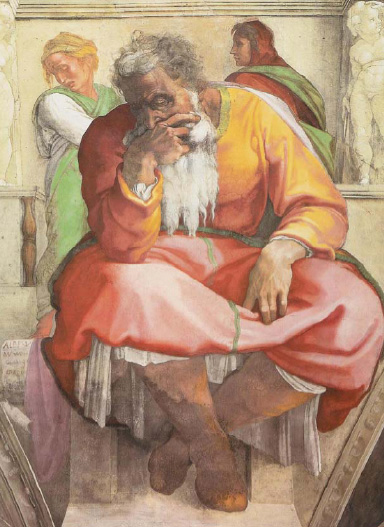
Giotto di Bondone, a Precursor
Wikiwand shows us a painting by Giotto (c. 1267–1337), a precursor of Renaissance humanism. Colours are paler where light touches the figures. Therefore, Giotto’s approach to cangiante is somewhat more conservative than Michelangelo‘s. Although Giotto’s painting is a less convincing example of cangiante, it foreshadows the dimensionality achieved by High Renaissance Italian painters, particularly Michelangelo. Michelangelo was a sculptor, the creator of the Vatican’s Pietà (1498-1499), in St Peter’s Basilica, and Florence’s David (1501-1504). He was also an architect (the Vatican’s Dome, up to his death in 1564) and a poet.

Click on Lamentation to see the entire painting and, above, the names of individuals it features (Photo credit: Michelangelo, Wikiwand)
Michelangelo as Sculptor

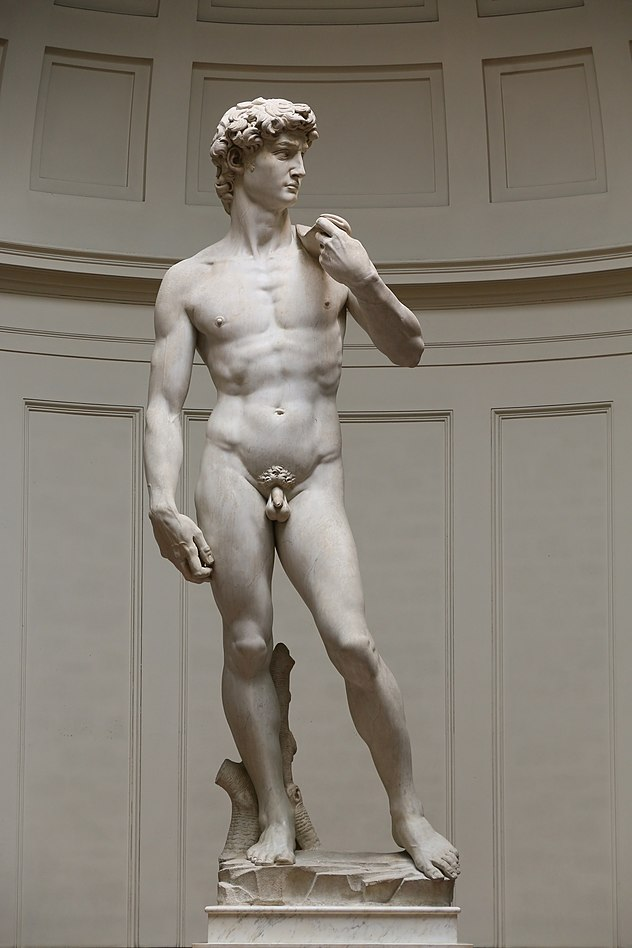

Trompe-l’œil: Foreshortening
Michelangelo used “illusionism” in his portrait of The Prophet Daniel. There was no room to paint Daniel’s forearm, so Michelangelo thickened the arm to make it appear longer. Renaissance artists used illusionism to achieve an accurate rendering of reality. In this case, the illusion is called trompe-l’œil (to deceive or fool the eye). Illusionistic techniques aimed at rendering an accurate depiction will be discussed elsewhere.
Conclusion
I have written about Michelangelo’s colour mode, which seems but isn’t a mere detail. Michelangelo was a legend in his own time. Art historian Giorgio Vasari (1511-1574) wrote Michelangelo’s biography before the artist’s death. It attested to Michelangelo’s exceptional art. When Michelangelo was asked to paint the Sistine Chapel Ceiling, he convinced the Pope to give him a sufficient berth. Not that the Pope was easily persuaded, but that he agreed. Michelangelo illustrated Milton’s Paradise Lost (1667-1674), Christianity’s central drama, a century before John Milton (1608–1674) wrote his epic poem.
Michelangelo persuaded Pope Julius II to give him a free hand and proposed a different and more complex scheme, representing the Creation, the Fall of Man, the Promise of Salvation through the prophets, and the genealogy of Christ. The work is part of a larger decoration scheme within the chapel that represents much of the doctrine of the Catholic Church.
We have seen prophets, and we will see an oracle: the Delphic Sibyl.
—ooo—
I am recovering, except for my sight. It will soon be restored. What an accident.
With my kindest greetings to everyone. 💕

© Micheline Walker
24 January 2024
WordPress.com



